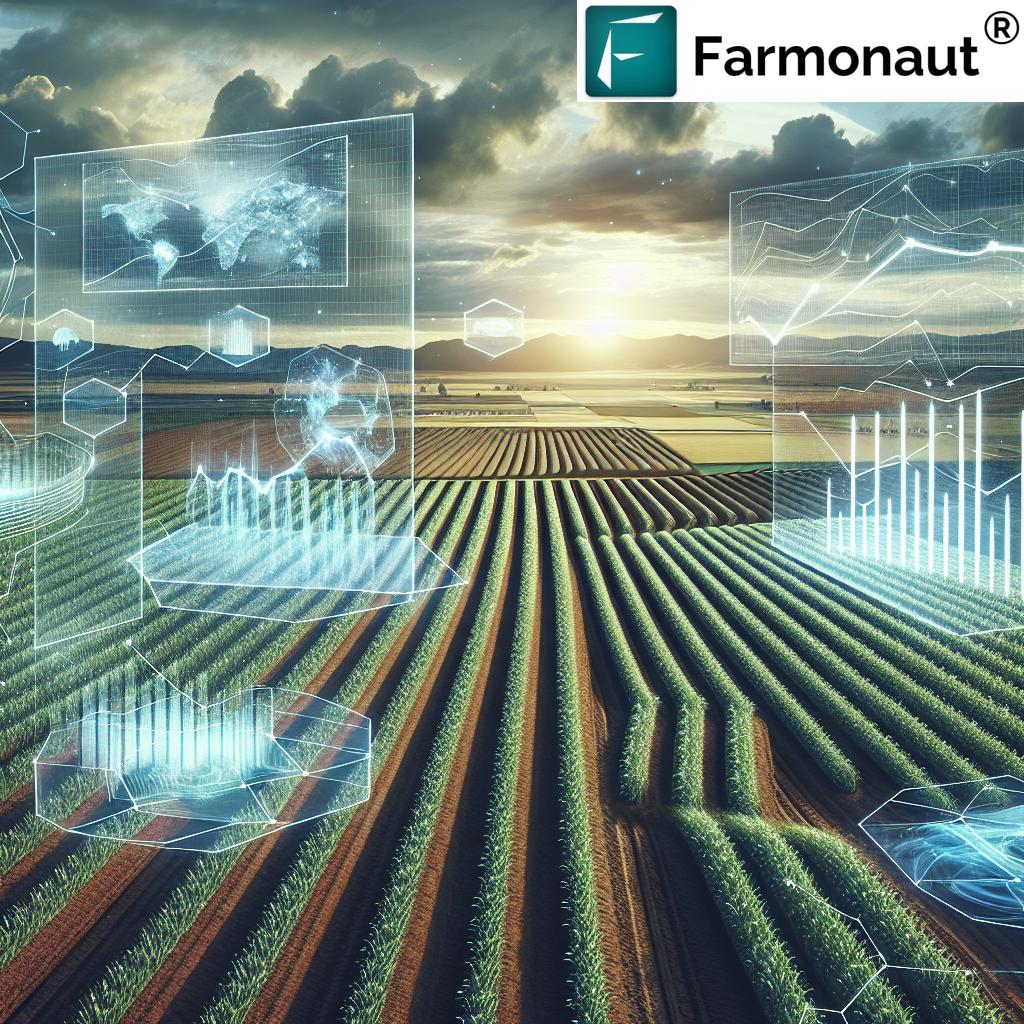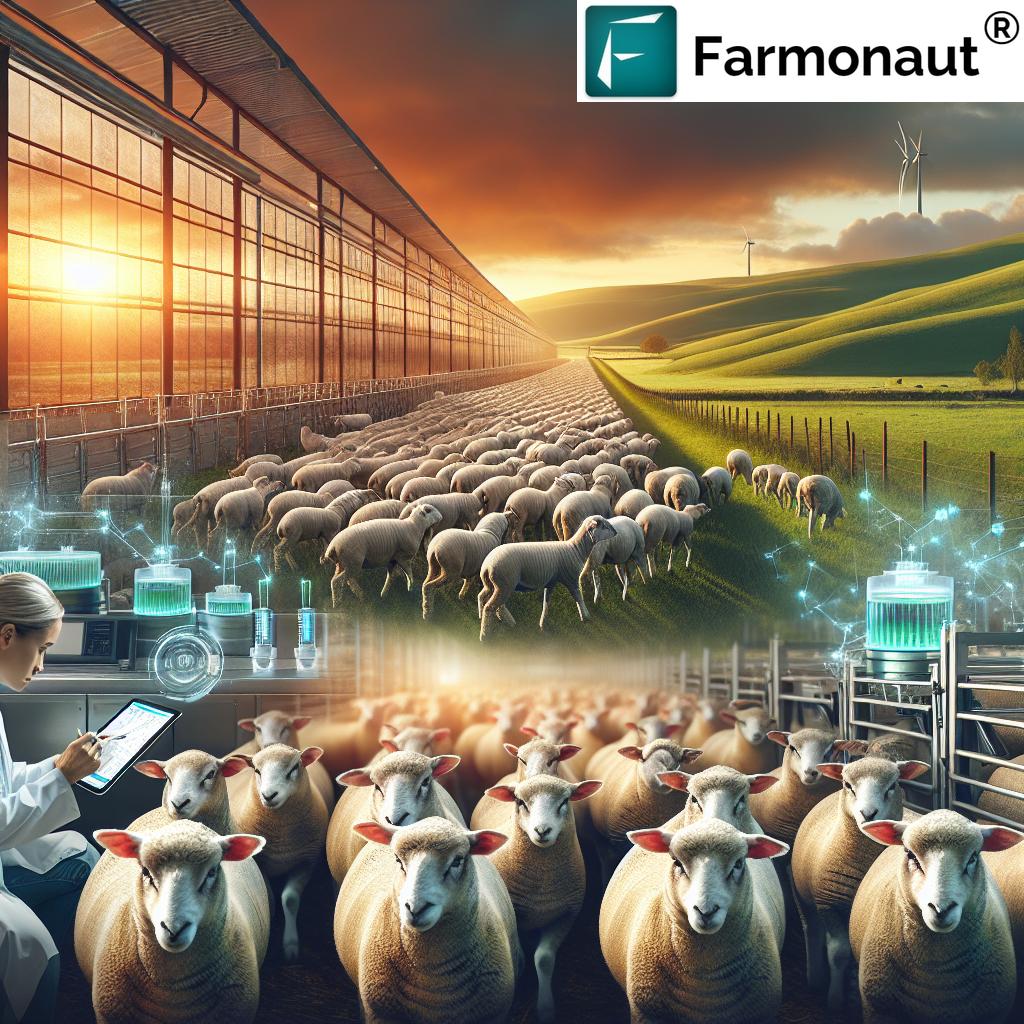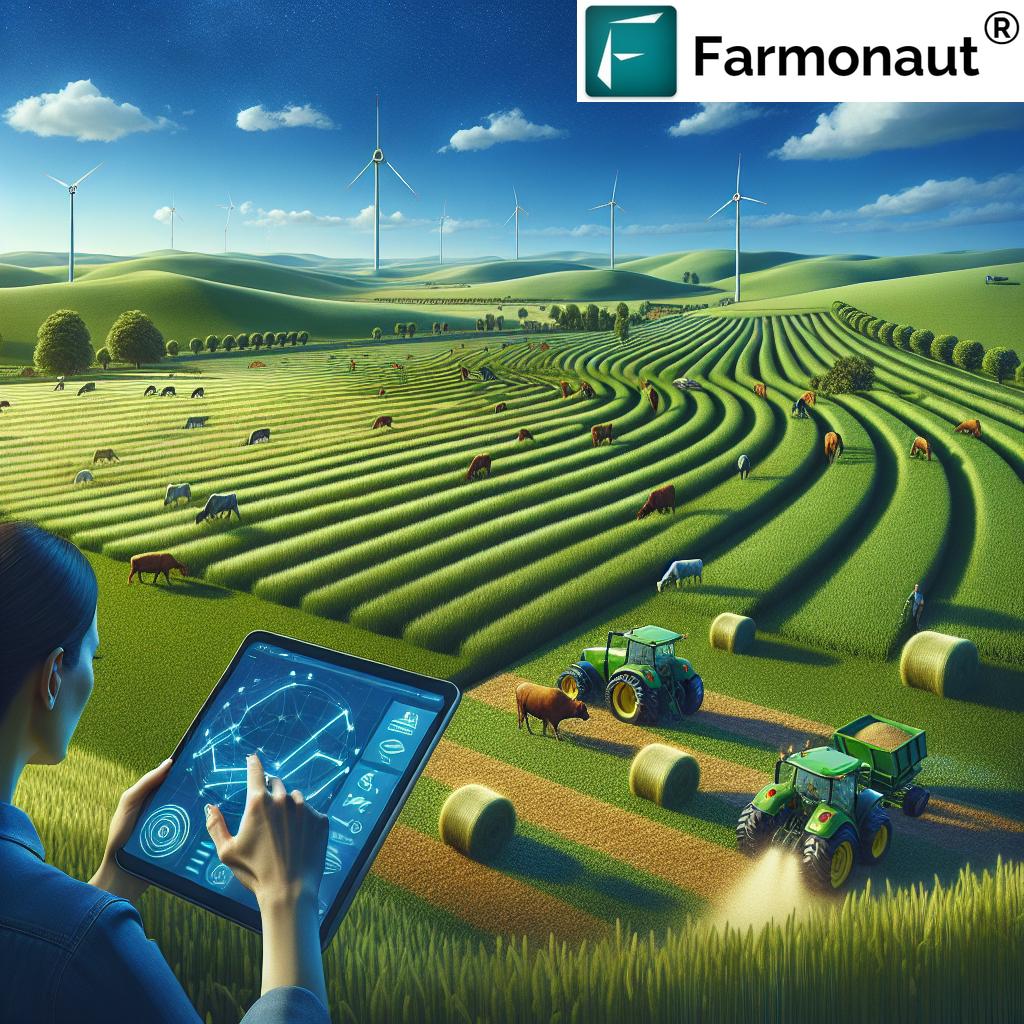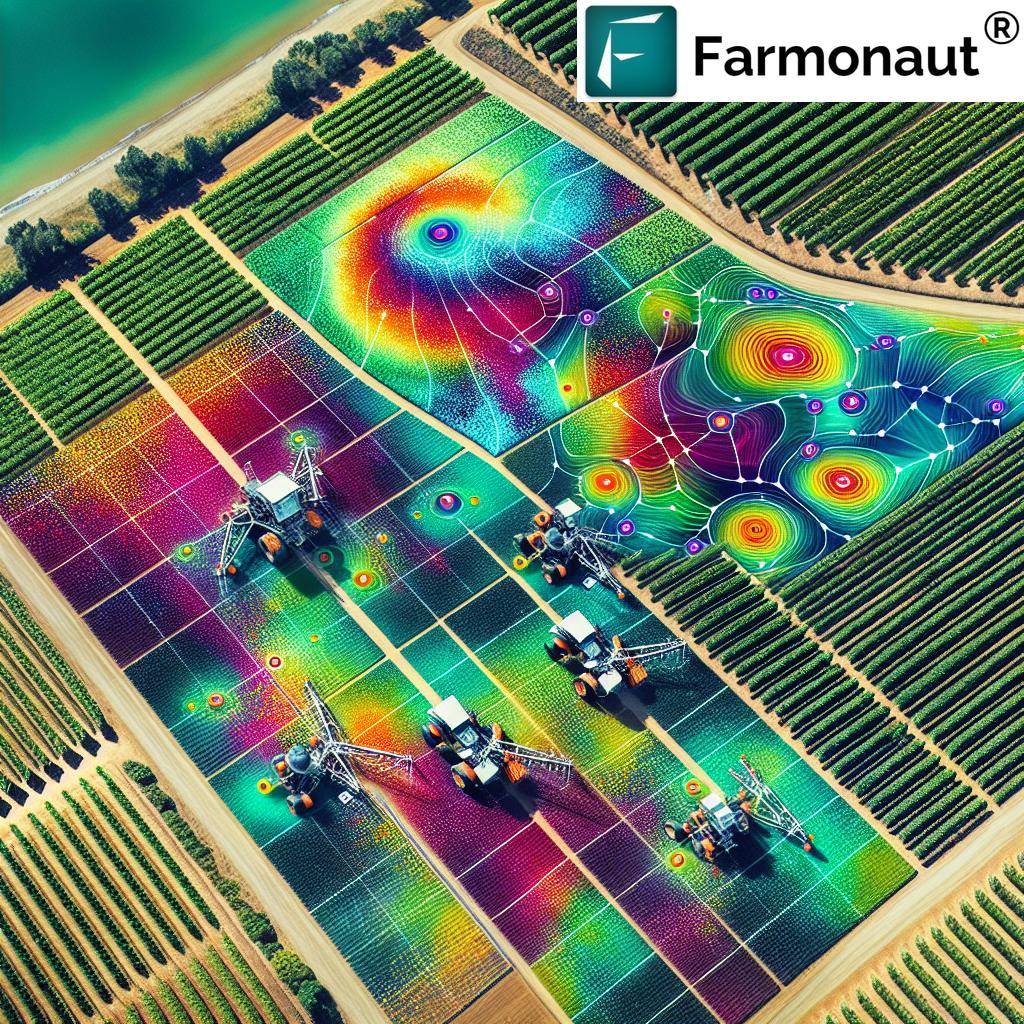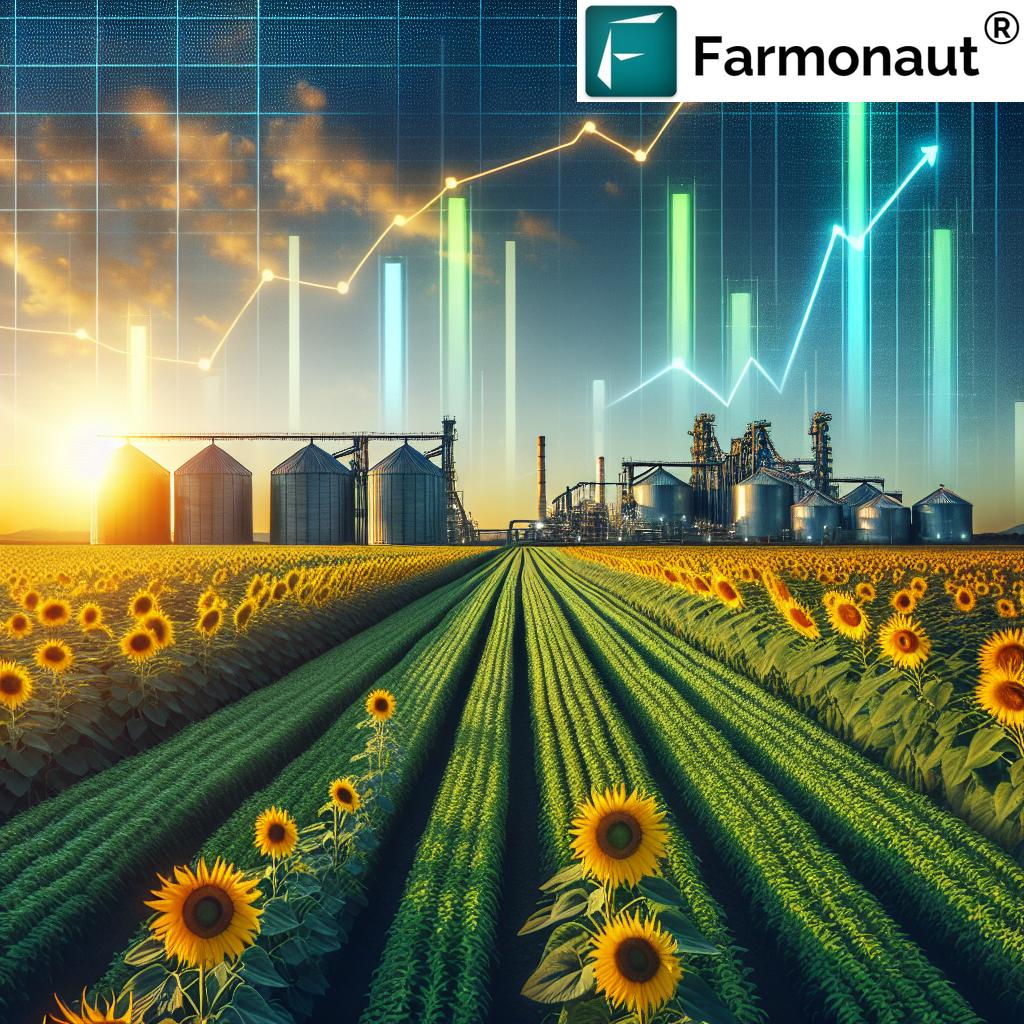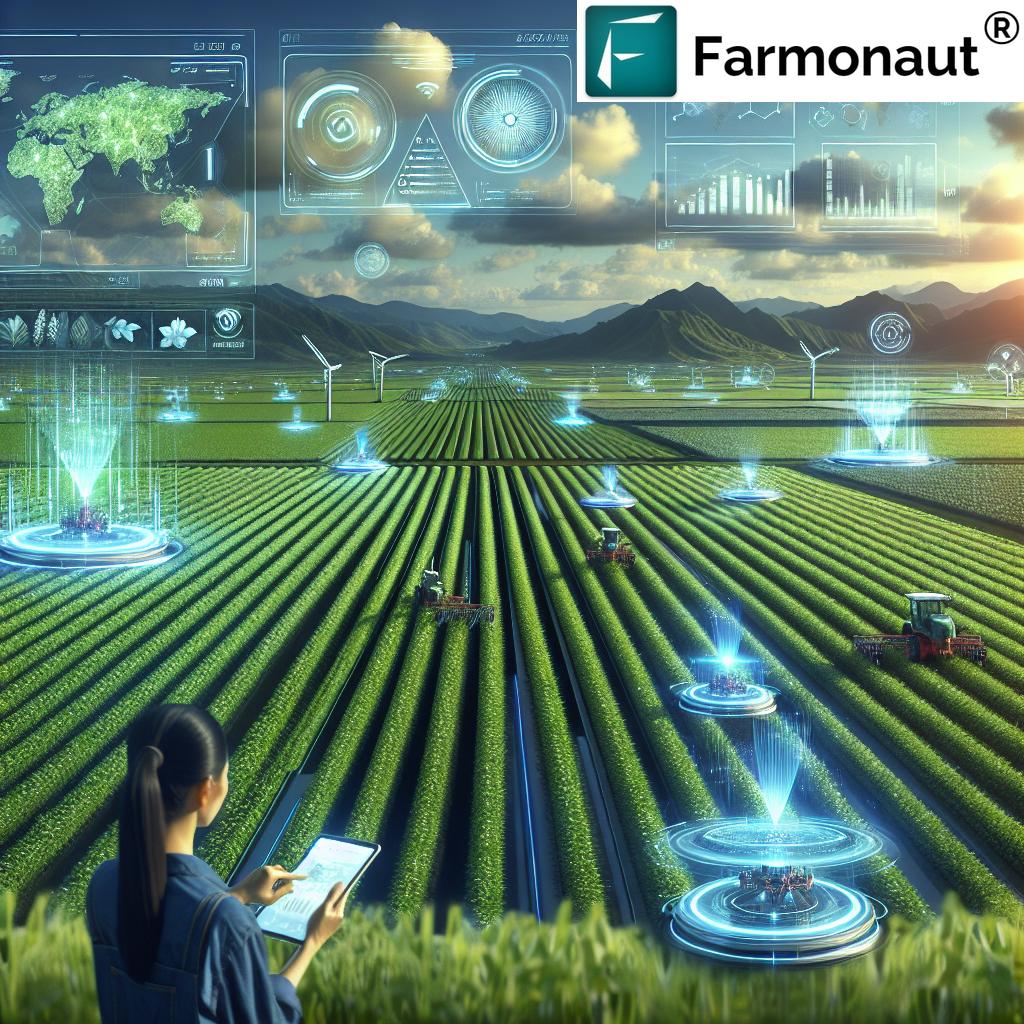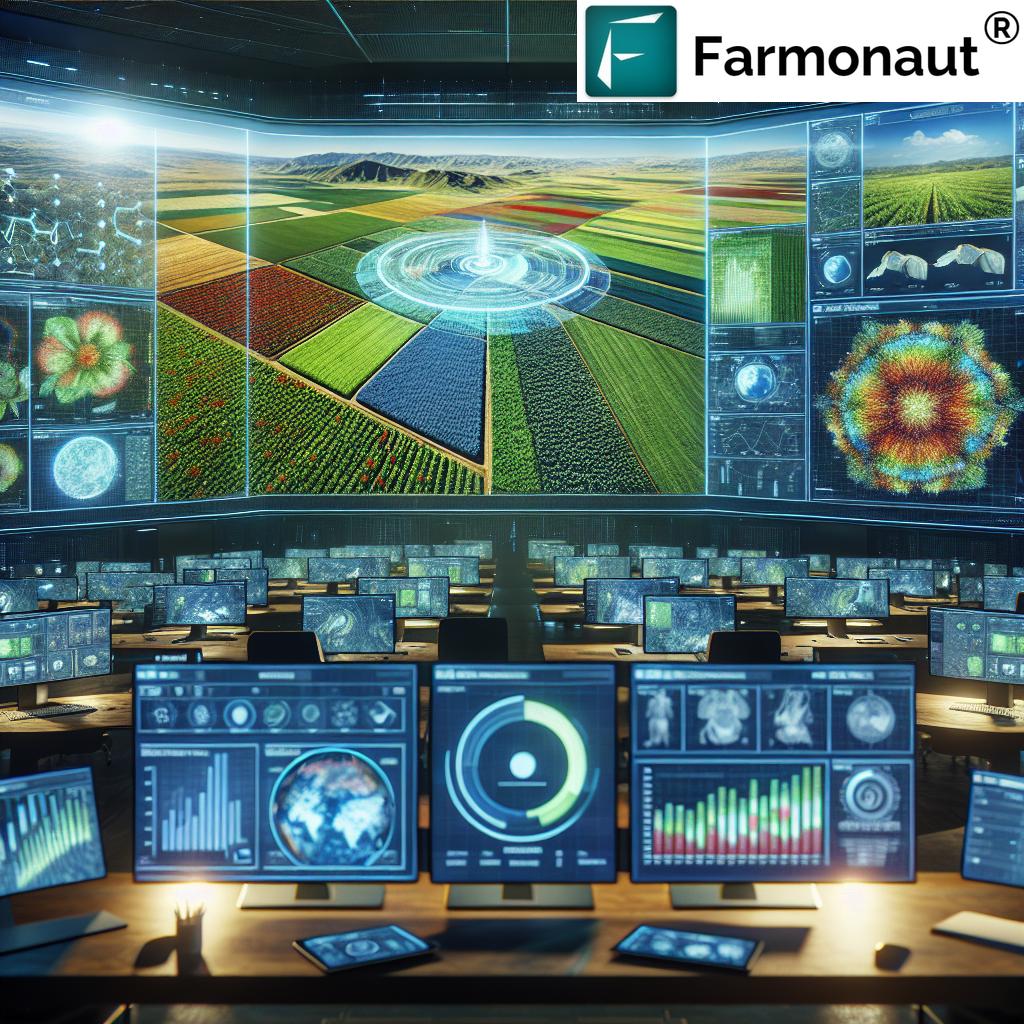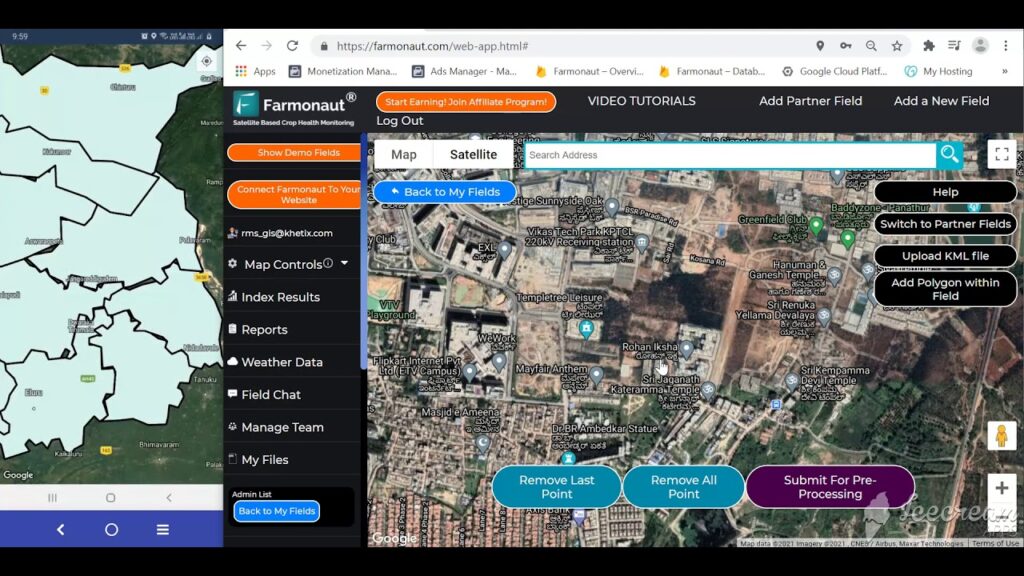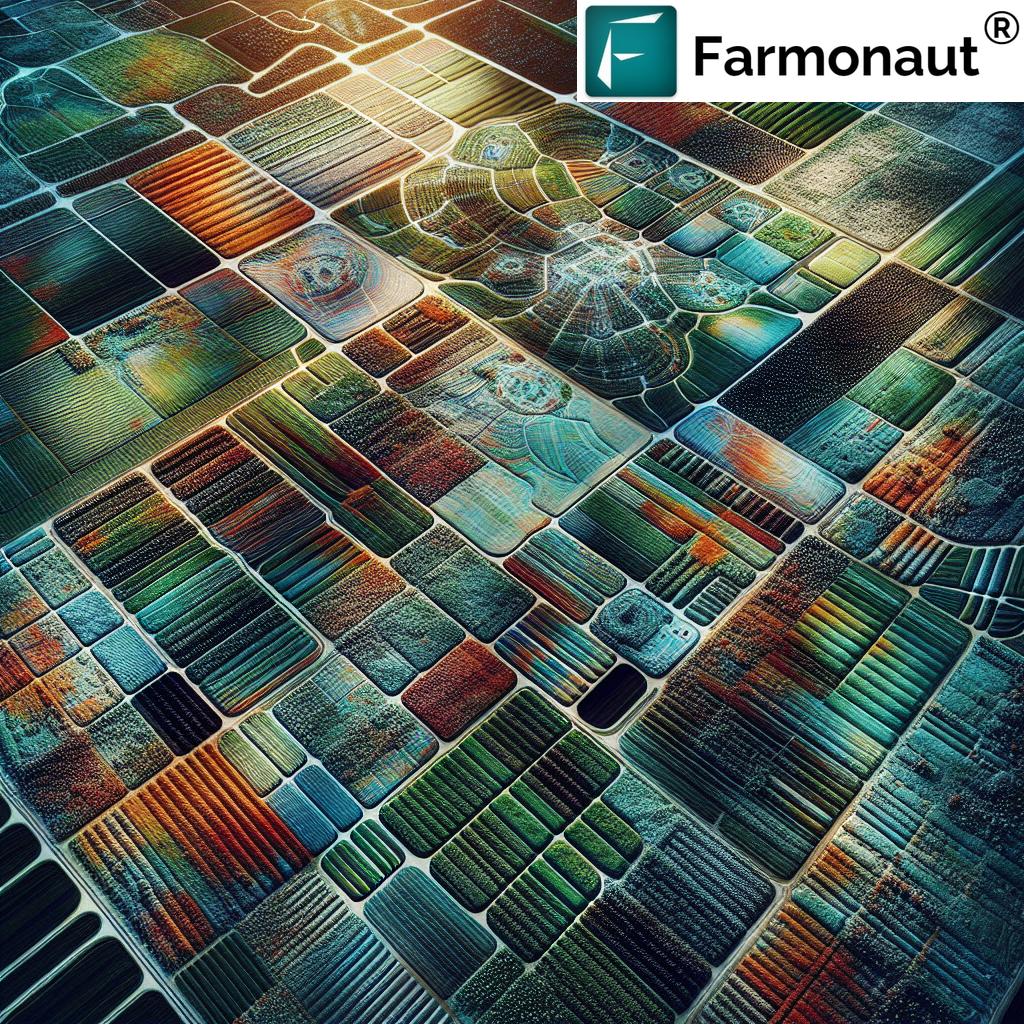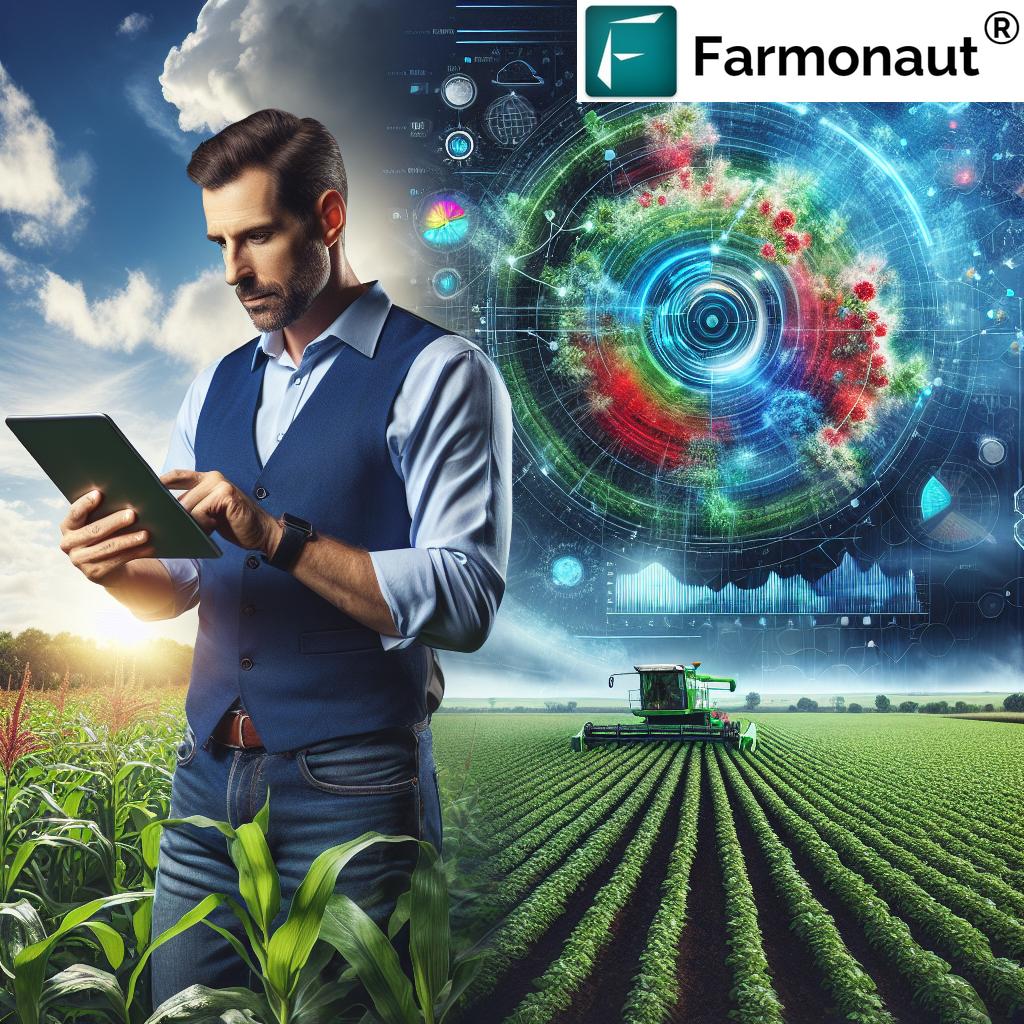Big Data Analytics in Agriculture: 7 Yield Hacks
“Over 80% of farmers using big data analytics report increased crop yields within the first two years.”
Introduction
In today’s rapidly evolving agricultural landscape, big data analytics in agriculture is more than just a buzzword—it’s a transformative force. With modern technologies such as sensors, satellites, AI, and advanced analytic platforms, we are witnessing a revolution in how farmers manage fields, increase yields, improve sustainability, and streamline processes. By embracing the power of data, we unlock actionable insights that drive informed decisions across every stage of the farming cycle—leading to better resource allocation, minimized waste, and optimized productivity.
This blog explores the practical applications of big data in agriculture through seven impactful yield hacks. We’ll discuss how precision farming technologies, crop monitoring, accurate weather forecasts, and more empower us as a global agricultural community. Plus, we’ll introduce Farmonaut—a leading provider of advanced, satellite-based farm management solutions and precision agriculture tools designed to make high-tech farming accessible to all.
Big Data in Agriculture: Empowering Farmers with Analytics
At its core, big data in agriculture revolves around gathering, storing, and analyzing massive and diverse datasets—including satellite imagery for farming, weather patterns, soil metrics, and crop health indicators—often in real time. Modern sensor networks and GPS systems allow us to collect detailed information from every corner of our fields, while cloud platforms and AI-driven analytics distill this data into clear, actionable recommendations.
With these tools, we can precisely monitor field conditions, automate irrigation and fertilization schedules, detect disease early, and even forecast weather-related risks for better planting and harvesting strategies. As a result, we not only optimize yields and reduce waste, but also bolster agricultural sustainability and resilience in the face of climate change. The ultimate aim? To empower farmers—from smallholders to large agribusinesses—to make more accurate, profitable, and eco-friendly decisions.
Farmonaut: Making Precision Agriculture Accessible
Farmonaut has emerged as an innovator in the agritech sector by providing affordable, data-driven farm management solutions for farmers and agribusinesses worldwide. Utilizing advanced satellite imagery, machine learning, and blockchain, Farmonaut offers:
- Satellite-based crop health monitoring—delivering NDVI maps and real-time field condition reports.
- Jeevn AI advisory system—personalized advice, accurate weather forecasts, and targeted management strategies.
- Blockchain-based traceability —guaranteeing security and transparency from farm to table in agricultural supply chains.
- Fleet and resource management —optimizing machinery logistics for reduced costs and increased efficiency.
- Carbon footprint tracking—enabling eco-conscious management and regulatory compliance for sustainable farming practices.
- Blockchain-verified crop loan and insurance eligibility—improving financial access for farmers.
Our platform is available via web, Android, iOS, and through API access—ensuring real-time data is at every farmer’s fingertips. For developers and businesses, our detailed API documentation enables seamless integration of satellite and weather data.
7 Yield Hacks: Applications of Big Data in Agriculture
Let’s dive into the seven most impactful applications of big data in agriculture—the true “yield hacks” that are paving the way for more precise, resilient, and profitable farming.
1. Precision Agriculture: Targeted Crop Management
Precision agriculture combines GPS, sensor networks, and data analytics to tailor farming practices at an unprecedented micro-level. By collecting detailed data on variables like soil moisture, nutrient levels, historical weather patterns, and crop growth, we can:
- Pinpoint the best planting windows based on forecasting and soil analysis
- Apply fertilizers and pesticides only where needed, reducing costs and environmental impact
- Automate irrigation to save water and maximize availability during dry spells
Tools like Farmonaut make this possible, offering affordable, field-level analytics from satellite images and AI-driven advisory. This optimization transforms traditional agriculture into a truly data-driven field, boosting both efficiency and sustainability.
2. Crop Monitoring and Disease Detection: Real-Time Field Surveillance
One of the fastest-growing applications is crop monitoring and disease detection via satellite imagery for farming, drones, and remote sensors. By capturing high-resolution images of our fields:
- We can detect stress, nutrient deficiencies, or disease signs before they impact yields.
- Identify areas needing immediate attention and apply corrective actions quickly, minimizing losses.
- Monitor seasonal growth patterns to inform management strategies.
Farmonaut’s AI-powered satellite monitoring solutions enable us to address crop health proactively, strengthening both productivity and risk management.
3. Weather Forecasting for Farmers: Plan, Protect, and Prosper
Weather is one of the greatest challenges for farmers globally. Modern weather forecasting for farmers harnesses big data and historical analytics to provide precise, hyperlocal forecasts for planting, harvesting, and risk mitigation (advisory within the Farmonaut app). Key benefits:
- Avoid loss from adverse weather by adjusting schedules with accurate information.
- Optimize pesticide application and watering around rainfall and temperature patterns.
- Respond quickly to potential frost, heatwaves, or drought conditions with early warning systems.
Farmonaut’s Jeevn AI system integrates satellite and climatological data to provide actionable, data-driven insights.
“Precision farming technologies can reduce fertilizer use by up to 30% through advanced data-driven decision-making.”
4. Livestock Management: Data-Driven Animal Welfare
Big data isn’t limited to crops—it’s transforming livestock management as well. By tracking animal health, behavior, and feeding patterns with IoT sensors and analytics, we can:
- Monitor growth rates and welfare in real-time
- Identify early signs of disease for prompt treatment
- Optimize feed and resource use, reducing costs and environmental impact
This data-centric approach reduces operational risk and enhances productivity, supporting sustainable animal husbandry and food safety compliance.
5. Resource Optimization in Agriculture: Reduce Waste, Boost Yields
Resource use—water, fertilizers, pesticides—is a critical lever in improving agricultural productivity but also a point of significant waste and expense. Through big data analytics and sensors, we can:
- Measure soil moisture to regulate irrigation precisely
- Apply inputs only as and where required, minimizing costs
- Reduce environmental impact by cutting excess runoff and chemical overuse
Farmonaut’s platform enables data-informed resource management across farm sizes for more sustainable farming practices.
6. Supply Chain Optimization: Streamlined Logistics & Reduced Waste
A robust agricultural supply chain is essential for getting products from field to market efficiently. Analytics help us:
- Predict demand and plan transportation routes
- Optimize storage and minimize post-harvest waste
- Enhance distribution for maximum profitability
With Farmonaut’s blockchain-based traceability and fleet management solutions, we can ensure secure, transparent, and efficient farm-to-market delivery at any scale.
7. Farm Management Solutions & Decision Support: Integrated Digital Farming
Modern farm management platforms, like Farmonaut’s, bring all these analytics streams together—satellite monitoring, AI decision support, weather forecasting, resource optimization, and supply chain tracking—into a single interface. The result?
- Timely decisions powered by real-time information
- Automated alerts for risks or anomalies
- Historical data analysis for improved yields year-on-year
This integrated approach drives not only better profitability but also a more sustainable approach to agriculture.
For expansive operations or plantation managers, Farmonaut’s large-scale farm management suite centralizes monitoring and task allocation at scale.
Impact of Big Data Analytics Techniques on Crop Yield Optimization
| Technique Name | Description | Estimated Yield Improvement (%) | Implementation Complexity | Key Benefit |
|---|---|---|---|---|
| Precision Agriculture | Data-driven planting, irrigation, and fertilization using GPS and sensors | 15-25% | Medium | Higher yields with less waste |
| Crop Monitoring & Disease Detection | Satellite, drone, and remote sensor based real-time health surveillance | 10-20% | Medium | Early disease detection, less crop loss |
| Weather Forecasting for Farmers | Accurate weather-based planning using AI and big data | 10-15% | Low | Reduced weather risk, timely operations |
| Livestock Management Analytics | Wearable sensors and data analytics for animal health | 10-18% | Medium | Healthier livestock, efficient production |
| Resource Optimization | Optimized use of water, fertilizers, and pesticides via analytics | 12-22% | Low | Reduced cost and environmental impact |
| Supply Chain Optimization | Logistics, storage, traceability enhancements using analytics/blockchain | 10-16% | Medium | Less waste, better market access |
| Farm Management Solutions | Integrated platform merging all data streams and insights | 15-25% | High | Holistic decision support, higher profitability |
Benefits of Big Data in Agriculture: Key Outcomes for Farmers and Agribusinesses
- Increased Efficiency: Automating and optimizing processes means we use fewer resources, reduce manual labor, and lower operational costs.
- Enhanced Productivity: Smart insights enable higher yields and more profitable harvests through timely and precise actions.
- Cost Savings: Targeted application of inputs like seeds, nutrients, and pesticides prevents overspending and curbs unnecessary waste.
- Sustainability: Data-driven management means fewer chemicals, less water use, and improved sustainability for the environment and future generations.
- Risk Management: Predictive analytics and alerts help us anticipate and avert weather, disease, and market risks—safeguarding both crops and profit.
Challenges and Considerations for the Adoption of Big Data in Agriculture
Despite the clear benefits, it’s essential to recognize the challenges that come with integrating data analytics into agricultural practices:
- Data Quality and Integrity: We must ensure that data from various sources (sensors, satellites, weather stations) is accurate, consistent, and complete for meaningful analysis.
- Data Security and Privacy: Protecting sensitive farm data is critical. Secure platforms and clear protocols are mandatory to earn and maintain trust.
- Technical and Infrastructure Gaps: Effective use of big data in agriculture requires stable internet connectivity and storage solutions—which may not always be available, especially in rural or remote areas.
- Educational and Knowledge Transfer: Widespread adoption depends on training farmers and agribusiness managers. Dedicated education and support initiatives help bridge the digital divide.
- Investment and Financial Barriers: While precision tools can reduce long-term costs, their adoption involves upfront investment. Government incentives and accessible financing can ease this transition.
Thanks to platforms like Farmonaut, who focus on cost-effective, scalable solutions, these hurdles are becoming less daunting for both individual and commercial users.
Global Initiatives and Future Outlook for Big Data in Agriculture
Governments and industries around the globe are recognizing the transformative potential of big data and analytics in agriculture:
- China has launched a comprehensive action plan to digitize its agricultural industry, incorporating big data, GPS, and AI into national farming policy frameworks and aiming for food security and efficiency.
- India employs advanced satellite and weather data to guide farmers on optimal planting schedules, resource use, and market strategies, contributing to significant yield and income increases.
- The global space agriculture market is projected to reach $11.51 billion by 2032—underlining strong international investment and innovation momentum.
As these initiatives gain traction, the future of agriculture will increasingly depend on the smart use of data and digital tools—making farming more resilient, resource-efficient, and sustainable across all continents.
Farmonaut Subscription Plans
Explore flexible subscription packages tailored for smallholder farmers, large agribusinesses, cooperatives, government agencies, and corporate supply chains. Pay only for the hectares monitored and frequency of satellite updates you need.
Frequently Asked Questions: Big Data Analytics & Precision Farming Technologies
What is the role of big data analytics in modern agriculture?
Big data analytics enables us to collect, integrate, and analyze data from numerous sources—sensors, satellites, drones, and weather stations. This allows for precise crop monitoring, optimized input allocation, improved decision-making, and enhanced yields.
How do satellite imagery and drones improve crop monitoring?
Satellite imagery and drones deliver real-time, high-resolution field images that reveal plant health, water stress, pest or disease outbreaks, and growth variation. With timely updates, farmers can take corrective actions quickly, reducing losses.
Can big data help reduce farming costs and environmental impact?
Absolutely. By precisely regulating irrigation, fertilizer, and pesticide use, big data analytics helps us minimize waste, save money, and protect the environment from over-application of agrichemicals.
Is Farmonaut suitable for smallholder farmers?
Yes. Farmonaut’s services are designed to be affordable and scalable for users at any level, from individual smallholders to large estates. The platform provides easy-to-use, actionable data for everyone.
Does Farmonaut offer APIs for integration with existing farm management software?
Yes. Developers and businesses can leverage Farmonaut’s API to integrate satellite, weather, and farm management data with their own applications. Check our developer docs for details.
How does Farmonaut address environmental sustainability?
Farmonaut promotes sustainable farming practices through features like carbon footprint monitoring, optimized resource use, and blockchain-based traceability, supporting environmental stewardship at every stage.
Conclusion: Data-Driven Agriculture for a Sustainable Future
The integration of big data analytics in agriculture—from precision farming to end-to-end farm management solutions—signals a new era for global food production. By unlocking actionable insights from vast and diverse datasets, we, as a community of farmers, agribusinesses, and innovators, can make more accurate, sustainable, and profitable decisions at every level.
Whether you manage a single field or operate across continents, the tools and techniques described here—from satellite imagery for farming to AI-driven advisories and blockchain traceability—are shaping the future of food and agriculture. As costs drop and technology becomes more accessible, now is the time to invest in smart, data-driven farm management for improved yields, environmental sustainability, and long-term success.
Experience the future of farming with Farmonaut’s precision agriculture solutions, and join the movement towards data-empowered, sustainable agriculture—where every seed, every drop of water, and every decision counts.


